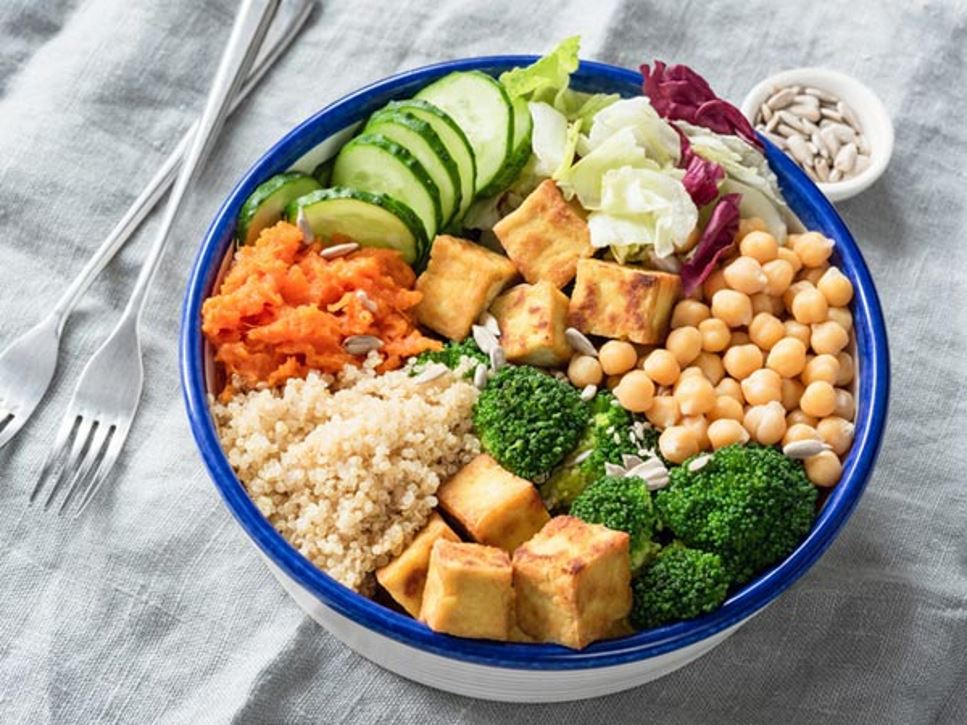Almost every day, research studies about food and nutrition appear in news headlines. So, how can you tell what information is based on strong scientific evidence and what is merely a marketing message? Three free tools can help you make the right food and nutrition choices.
Dietary Guidelines for Americans
The Dietary Guidelines for Americans are evidence-based food and beverage recommendations for individuals in all life stages, including guidance for infants and toddlers — birth to 24 months — and women who are pregnant.
The guidelines are developed by the Dietary Guidelines Advisory Committee, a group of health care providers, nutrition and medical researchers and professors. The guidelines serve as the basis for federal food and nutrition education programs, nutrition policies and national health promotion and disease prevention initiatives.
The U.S. Department of Agriculture and the U.S. Department of Health and Human Services jointly publish updated guidelines every five years. Registered dietitian nutritionists provide substantial input to these evolving lifestyle recommendations which can help you create and maintain a healthful diet to reduce your risk for many chronic diseases.
MyPlate
MyPlate helps make it easier to follow the advice in the Dietary Guidelines for Americans by recommending portions from various food groups. The MyPlate website provides detailed information on what counts as a serving from each food group and how many servings per day people need depending on their age and sex. A variety of resources and educational materials are available for consumers and professionals.
Food Labels
Food labels can help you identify food and beverage choices that are right for you. Nutrition Facts Panels and ingredient lists provide information on:
- The nutrient content of packaged and processed foods, including calories, fat, protein, carbohydrates, fiber, added sugar and salt.
- Serving sizes and nutrients that are provided per serving
- Reference values, or percent Daily Values, which make it easier to identify how much of a nutrient a food provides.
Ingredient lists also are included on food labels and are essential for people who have food allergies or need to avoid certain foods due to special dietary needs.
References
Find a Nutrition Expert
Looking for credible nutrition information and recommendations? The Academy of Nutrition and Dietetics' network of credentialed food and nutrition practitioners are ready to help!

